LATISSIMUS FLAP FOR BREAST MOUND RECONSTRUCTION
The latissimus flap takes the latissimus muscle from the back, along with a portion of skin and fatty tissue that overlies the muscle. The muscle is detached from its insertion along the back, but the blood vessels that supply the muscle are left intact. This flap of muscle, skin and fat is then tunneled under the skin to the anterior chest wall. It is then trimmed, sculpted, and sutured into place to form the breast mound.
There are certain pros & cons when considering the type of flap reconstruction to use. Certainly the interested reader will find a vast diversity of opinion and preference regarding favored types of breast reconstruction among reconstructive surgeons.
One of the major drawbacks of the latissimus flap reconstruction method is that (according to many sources in the plastic surgery literature) the flap does not provide enough volume for breast mound reconstruction by itself. In those circumstances, in order to achieve enough volume a breast implant may be necessary after the flap is in place. Because of this issue, I take a larger section of skin and fatty tissue along with the muscle during harvest in a fleur-de-lie pattern (as shown in image) which provides greater volume for the breast mound. This technique does leave a large T-shaped scar on the back, which is perhaps the biggest downfall of this reconstructive method.
One of the advantages of flap reconstruction is that the breast mound is typically reconstructed in a single stage. However, it is not uncommon at all to still require a small outpatient procedure several months after breast reconstruction to do any fine tuning on the breast mound, or to make any adjustments to the other breast (if the patient desires) to maximize symmetry. Examples of other breast surgery done at this setting include breast augmentation (enlargement), mastopexy (breast lift) or breast reduction.
Once the breast mound and any necessary symmetry procedures have been done, we are ready to go to the final stages of breast reconstruction: nipple/areolar reconstruction.
| Latissimus Flaps: | TRAM Flaps: |
| What is the latissimus flap? The latissimus is the large muscle on the upper back. This flap uses that muscle and a portion of the overlying skin and fatty tissue to recreate the breast mound. |
What is the TRAM flap? This flap takes one or both of the rectus abdominis muscles along with a large section of overlying skin and fatty tissue from the lower abdomen to recreate the breast mound. |
Pros:
|
Pros:
|
Cons:
|
Cons:
|
